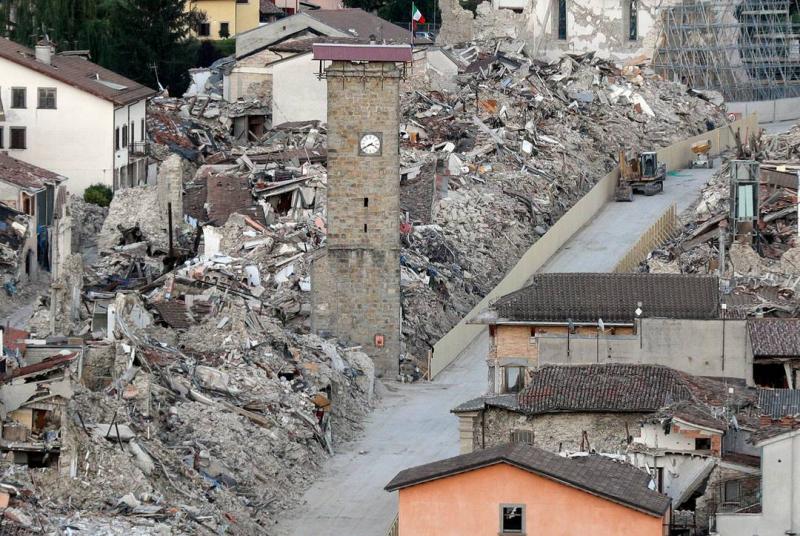Elevate your experience by becoming a Premium Member today and unlock limitless access to our exclusive Italy intelligence along with a host of members-only perks:
-
Unlimited access to premium digital content
-
Weekly newsletters exclusively crafted for members
-
Bellissimo quarterly digital magazines
-
Buongiorno monthly newsletters
-
Access to a collection of eBooks and mini-guides
-
Exclusive monthly offers and downloads
-
An ItaliaPass Primo membership providing savings of $249+ on your Italy trip
Immerse yourself in the richness of Italy with unparalleled benefits and insights for less than the cost of a cappuccino per week!












